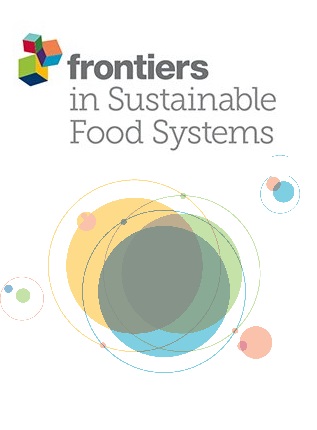This paper assesses recent lessons in scaling up agroforestry benefits, drawing on three case studies: fodder shrubs in Kenya, improved tree fallows in Zambia and natural vegetative strips coupled with the Landcare Movement in the Philippines. Currently more than 15 000 farmers use each of these innovations. Based on an examination of the main factors facilitating their spread, 10 key elements of scaling up are presented. The key elements contributing to impact were a farmer-centered research and extension approach, a range of technical options developed by farmers and researchers, the building of local institutional capacity, the sharing of knowledge and information, learning from successes and failures, and strategic partnerships and facilitation. Three other elements are critical for scaling up: marketing, germplasm production and distribution systems, and policy options. But the performance of the three case-study projects on these was, at best, mixed. As different as the strategies for scaling up are in the three case studies, they face similar challenges. Facilitators need to develop exit strategies, find ways to maintain bottomup approaches in scaling up as innovations spread, assess whether and how successful strategies can be adapted to different sites and countries, examine under which circumstances they should scale up innovations and under which circumstances they should scale up processes, and determine how the costs of scaling up may be reduced.
DOI:
https://doi.org/10.1023/B:AGFO.0000029008.71743.2d
Altmetric score:
Dimensions Citation Count:

Publication year
2022
Authors
Franzel, S.; Denning, G.L.; Lillesø, J.P.B.; Mercado, A.R.
Language
English
Keywords
africa, agroforestry, asia, extension activities, fodder crops
Geographic
Kenya, Zambia, Philippines























